 1992 Mitsubishi Galant VII Dimensions, Size & Specs
1992 Mitsubishi Galant VII Dimensions, Size & SpecsMeasurements of the 1992 Mitsubishi Galant VII, engineered for optimal performance and comfort
| Dimensions | |
|---|---|
| Length: | 4620 mm181.9 in15.2 ft |
| Width: | 1730 mm68.1 in5.7 ft |
| Height: | 1395-1405 mm54.9-55.3 in4.6-4.6 ft |
| Trunk Capacity: | 450-660 liter15.9-23.3 cu ft |
| Trunk Capacity (Max): | 660-1130 liter23.3-39.9 cu ft |
| Weight Specifications | |
| Curb Weight: | 1130-1505 kg2491-3318 lbs |
| Maximal permitted Weight: | 1705-1945 kg3759-4288 lbs |
| Tire Specifications | |
| Rims Sizes: |
|
| Tire Sizes: |
|
The Mitsubishi Galant VII, produced between 1992 and 1996, is a classic midsize sedan that balances elegant design with practical dimensions. Measuring 4620 mm (181.9 inches) in length, 1730 mm (68.1 inches) in width, and standing between 1395 and 1405 mm (54.9 to 55.3 inches) tall, the Galant VII offers a spacious yet manageable footprint, ideal for urban and highway driving. This generation of the Galant has a varying curb weight ranging from 1130 kg to 1505 kg (approximately 2491 to 3317 pounds), accommodating different trim levels and engine configurations. The vehicle’s maximum weight ranges from 1705 to 1945 kg (3759 to 4289 pounds), reflecting its robust build and safety considerations. Luggage space is another advantage of the Galant VII, providing 450 to 660 liters (15.9 to 23.3 cubic feet) of trunk capacity with seats up; folding the rear seats extends storage dramatically to between 660 and 1130 liters (23.3 to 39.9 cubic feet), making it versatile for carrying larger loads. The car rides on 14- or 15-inch rims fitted with tire sizes including 185/70 R14, 205/60 R15, 195/65 R14, and 195/60 R15, contributing to its balanced handling and ride comfort. Overall, the Mitsubishi Galant VII from the early 1990s remains a notable example of practical midsize sedans, blending moderate exterior dimensions with ample interior space and flexible cargo capacity. This makes it a compelling option for buyers looking to compare car sizes and assess sedan practicality from this period.
Discover the standout features that make the 1992 Mitsubishi Galant VII a leader in its class
Have a question? Please check our knowledgebase first.
The Mitsubishi Galant VII sedan, produced from 1992 to 1996, has a length of 4620 mm (approximately 181.9 inches), a width of 1730 mm (68.1 inches), and a variable height ranging from 1395 mm to 1405 mm (about 54.9 to 55.3 inches). These dimensions position the Galant VII as a mid-size sedan typical of its era, offering a balanced profile that fits well in urban and suburban settings while providing a spacious cabin for passengers.
This generation of the Mitsubishi Galant weighs between 1130 kg and 1505 kg (approximately 2491 to 3318 lbs) depending on the specific trim and equipment levels. Its maximum allowable weight, including passengers and cargo, ranges from 1705 kg to 1945 kg (about 3759 to 4289 lbs). This weight range ensures durability and stability on the road, while reflecting the car’s structural design and the variety of engine and feature options offered during its production.
The standard luggage capacity of the Mitsubishi Galant VII varies between 450 liters and 660 liters (approximately 15.9 to 23.3 cubic feet) when the rear seats are in their upright position. When the rear seats are folded down, the available space increases significantly, ranging from 660 liters to 1130 liters (about 23.3 to 39.9 cubic feet). This flexibility allows owners to balance passenger seating and cargo needs, making the Galant VII suitable for both everyday commuting and longer trips with larger loads.
Yes, the Mitsubishi Galant VII fits comfortably into a standard residential garage. With a length of 4620 mm (181.9 inches) and width of 1730 mm (68.1 inches), it fits well within the common garage dimensions found in most homes, which typically measure about 6 meters (20 feet) in length and 3 meters (10 feet) in width. The height of approximately 1400 mm (55 inches) is also well under typical garage door heights, ensuring ease of parking and protection from weather elements.
Compared to the previous Galant VI generation, the Galant VII generally presents a slightly larger and more refined profile. The VII generation's length of 4620 mm (181.9 inches) is an increase that provides more interior space and comfort. The width of 1730 mm (68.1 inches) also slightly increases from the earlier generation, improving cabin spaciousness. The improvements in size were targeted at enhancing passenger comfort and luggage capacity, making the Galant VII a more modern and competitive mid-size sedan for its time.
In comparison to other mid-size sedans from the early 1990s, such as the Honda Accord, Toyota Camry, and Nissan Maxima, the Mitsubishi Galant VII holds its own in terms of size. Its length of 4620 mm (181.9 inches) and width of 1730 mm (68.1 inches) are very competitive and similar to these rivals. The Galant offers a slightly lower height ranging from 1395 mm to 1405 mm (54.9 to 55.3 inches), which gives it a sportier stance. Luggage capacity is also competitive, providing flexibility that matches or exceeds many contemporaries, making it a solid choice in the segment.
The Mitsubishi Galant VII came equipped with wheel options featuring 14- and 15-inch rim sizes. Tire sizes include 185/70 R14, 205/60 R15, 195/65 R14, and 195/60 R15. The smaller 14-inch tires tend to provide a softer ride with better cushioning over bumps, enhancing comfort on rough surfaces. The larger 15-inch tires generally improve handling and cornering stability while potentially giving a slightly firmer ride. The availability of different sizes allowed buyers to choose a balance between comfort and sportiness.
The Mitsubishi Galant VII displays a slight range in height from 1395 mm to 1405 mm (54.9 to 55.3 inches). These minor differences can result from factors such as suspension tuning, tire and rim sizes, and trim level features. For example, models equipped with sportier suspensions or larger wheels may have a slightly increased ride height or ground clearance. Additionally, optional equipment that affects weight distribution or suspension setup could also influence the vehicle's exact height within the specified range.
The Mitsubishi Galant VII was designed as a mid-size, family-oriented sedan emphasizing a blend of practicality, comfort, and modern design cues for the early 1990s. It showcased a more aerodynamic body compared to its predecessor and was aimed at buyers looking for reliability, decent performance, and versatility. The vehicle offered a range of trim levels, accommodating different budgets and feature preferences. Its balance of size, weight, and cargo capacity made it suitable for daily driving as well as longer trips, helping Mitsubishi maintain competitiveness in the growing global mid-size sedan market during that era.
The curb weight of the Mitsubishi Galant VII ranges from 1130 kg to 1505 kg (2491 to 3318 lbs), depending on the trim and equipment. Lower curb weight models generally offer better fuel efficiency and potentially more agile handling, while heavier versions might include more luxury or safety features that enhance comfort and safety but at the expense of increased fuel consumption. The weight range reflects the diverse configurations available for this generation and allows buyers to select a model that best matches their preference for performance, comfort, or economy.
Discover similar sized cars.

| Production: | 1968-1974 |
|---|---|
| Model Year: | 1968 |
| Length: | 4554 mm179.3 in |
| Width: | 1699 mm66.9 in |
| Height: | 1356 mm53.4 in |
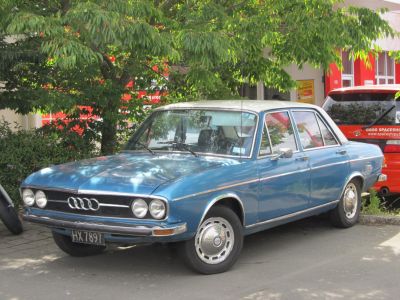
| Production: | 1968-1976 |
|---|---|
| Model Year: | 1968 |
| Length: | 4590-4638 mm180.7-182.6 in |
| Width: | 1730 mm68.1 in |
| Height: | 1425 mm56.1 in |
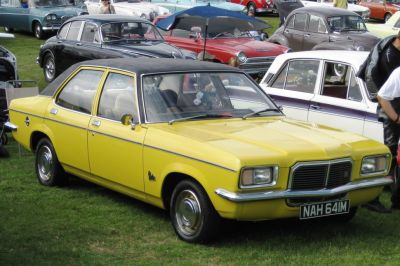
| Production: | 1972-1976 |
|---|---|
| Model Year: | 1972 |
| Length: | 4544 mm178.9 in |
| Width: | 1699 mm66.9 in |
| Height: | 1370 mm53.9 in |

| Production: | 1969-1978 |
|---|---|
| Model Year: | 1972 |
| Length: | 4488-4546 mm176.7-179.0 in |
| Width: | 1699 mm66.9 in |
| Height: | 1313-1371 mm51.7-54.0 in |
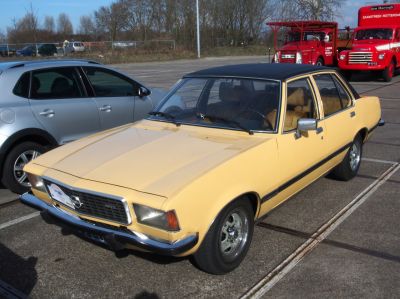
| Production: | 1972-1978 |
|---|---|
| Model Year: | 1972 |
| Length: | 4607 mm181.4 in |
| Width: | 1728 mm68.0 in |
| Height: | 1405-1415 mm55.3-55.7 in |
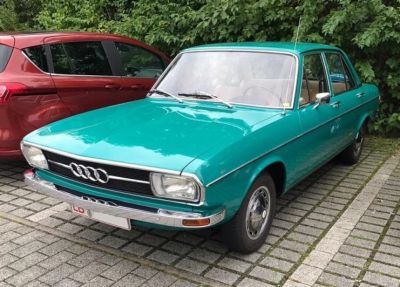
| Production: | 1973-1976 |
|---|---|
| Model Year: | 1974 |
| Length: | 4600-4635 mm181.1-182.5 in |
| Width: | 1729 mm68.1 in |
| Height: | 1421 mm55.9 in |
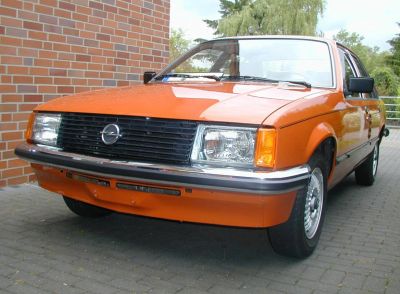
| Production: | 1977-1982 |
|---|---|
| Model Year: | 1978 |
| Length: | 4593 mm180.8 in |
| Width: | 1726 mm68.0 in |
| Height: | 1420 mm55.9 in |
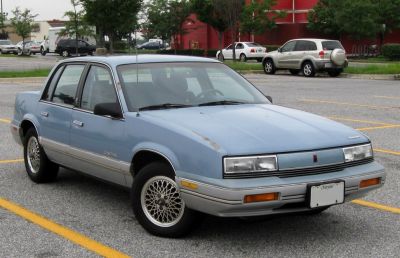
| Production: | 1984-1995 |
|---|---|
| Model Year: | 1984 |
| Length: | 4555 mm179.3 in |
| Width: | 1700 mm66.9 in |
| Height: | 1330 mm52.4 in |
